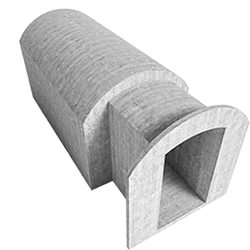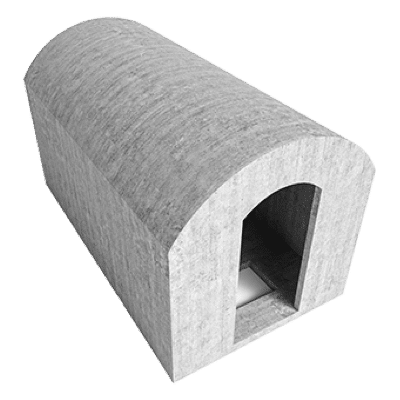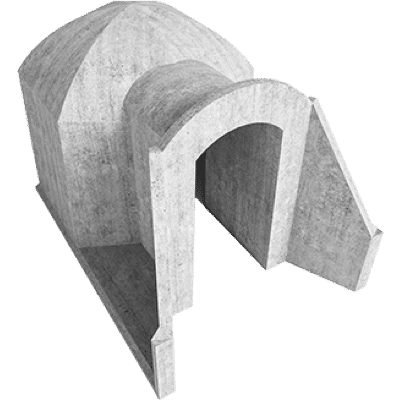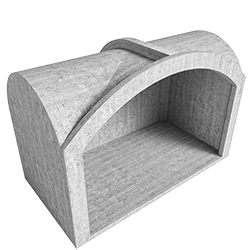Today, many people associate a cellar with homemade preserves or a pantry. But in reality, cellars have a much longer and more fascinating history that stretches back thousands of years. A cellar has never been just a storage space – throughout different eras and cultures, it has been a vital place for preserving food, storing supplies, and even providing shelter.
Cellars originated from a practical need. How do you keep food fresh without refrigerators or freezers? The answer lay in the ground itself. Underground spaces naturally offer a cool and humid environment with a relatively stable temperature throughout the year.
The first cellars were simple pits or caves dug into the ground, where people stored root vegetables or grain and covered them with straw or stones. This slowed down spoilage and protected the food from animals and hot weather.
Antiquity
In ancient Greece and Rome, underground storage spaces were essential. The Romans built special vaulted cellars beneath their villas to store wine, olive oil, grain, and other foodstuffs.
A wine cellar wasn’t a luxury – it was a necessity. Wine needed a cool and dark environment to age properly, and the cellar provided an ideal microclimate for this purpose. Similar solutions were used in the Middle East and Mediterranean regions, where the climate was hot and storage options were limited.
The Middle Ages
During the Middle Ages, cellars became very common throughout Europe. In towns, stone or brick-vaulted cellars were built beneath buildings, accessible via stairs. These were used to store food, but often also tools, documents, and even valuables.
In rural areas, the earth cellar emerged – a separate, external structure often partially or fully dug into the ground and covered with sod or peat. These stayed cool and moist even in summer and were ideal for storing root vegetables, preserves, and apples.
Cellars around the world
Various forms of cellars can be found in almost every culture:
- In America, so-called root cellars were dug into hillsides to keep food fresh through the cold winter. Many old farms still have them today.
- In Central Asia, ingenious cooling systems like the yakhchal – cone-shaped clay structures – were used to store ice even in desert conditions.
- In China and Japan, it was customary to build underground storage rooms for tea, root vegetables, and fermented products like soy sauce or miso.
- In Scandinavia and Estonia, traditional earth cellars still exist, and many families continue to use them to store homegrown produce.
The modern cellar
Nowadays, a cellar is often just used for general storage. But a growing interest in natural and energy-efficient solutions has brought renewed attention to cellar use. An earth cellar – without electricity but cool year-round – is an ecological way to preserve food. Additionally, old cellars have found new life. They’ve been transformed into wine cellars, workshops, galleries, and even saunas.
Cellars are not just functional spaces. They are a testament to human adaptability. Whether it’s a Roman wine cellar, an Estonian earth cellar, or an American root cellar, their purpose has always been the same: to preserve life, food, and a sense of security.
As more people seek energy-efficient and self-sufficient solutions, the cellar is once again playing an important role in food preservation.




